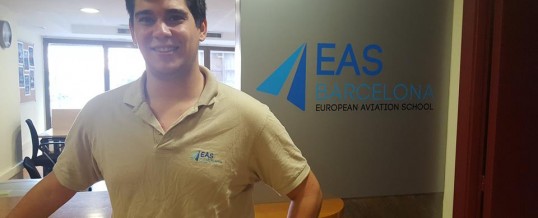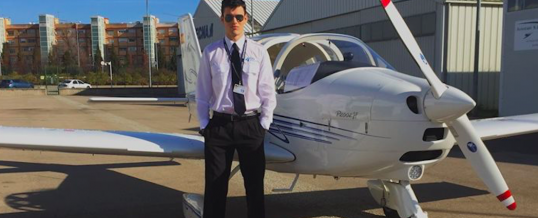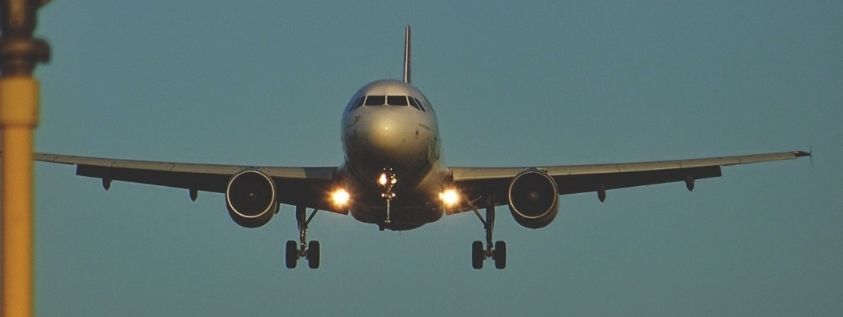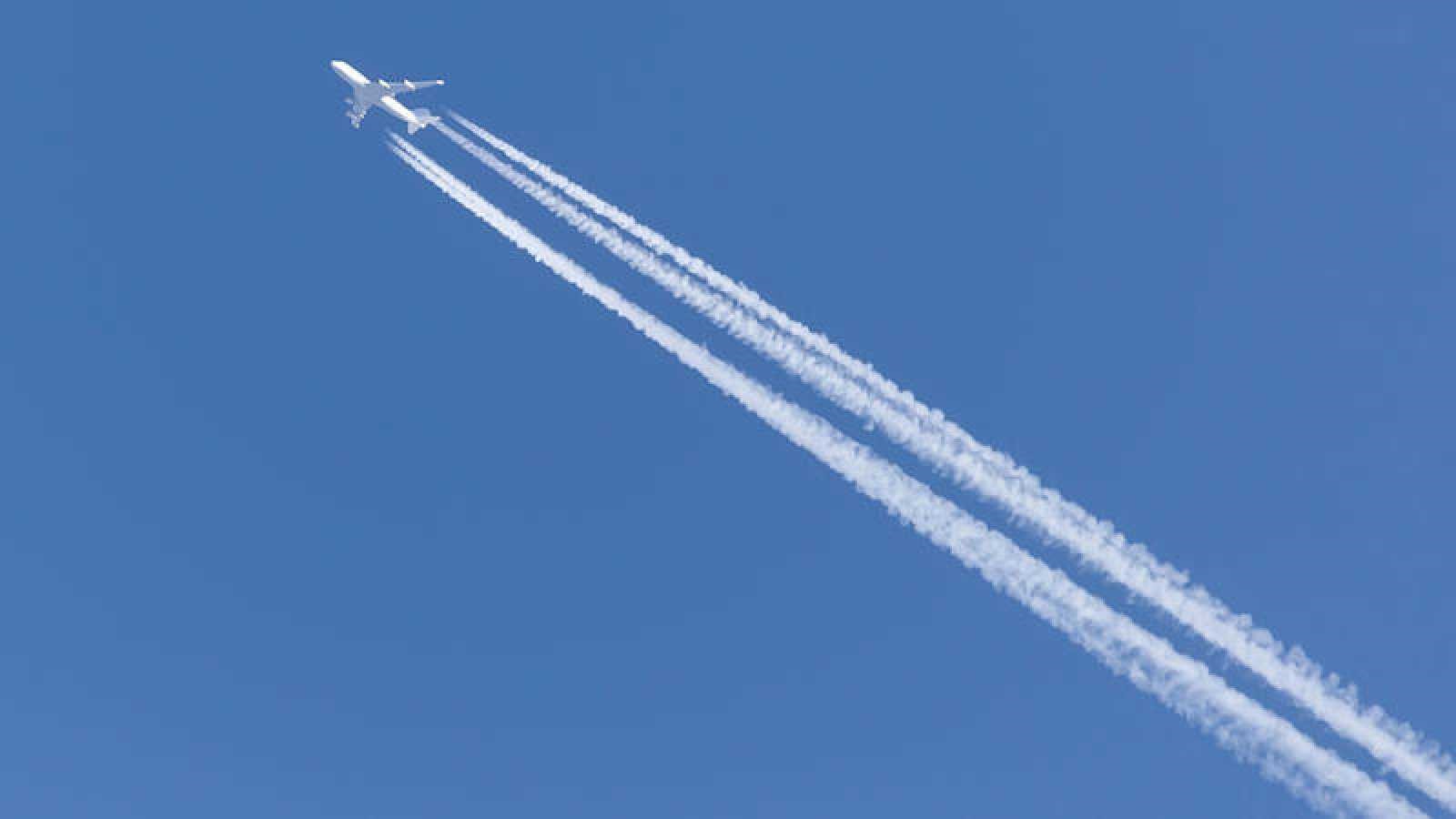Interview with Enrique Moresco Morato, EAS Barcelona, Barcelona student who, 3 months after coming to our school, has been selected by Ryanair as a co-pilot.
EAS Barcelona: You came to our pilot school in April 2017 from another ATO. What was the change due to?
Enrique: 2 years ago, I completed the PPL course but I could not do the modular courses nor the Time Building because my school did not program flights for me. So I decided to switch to EAS Barcelona in order to finish my training.



